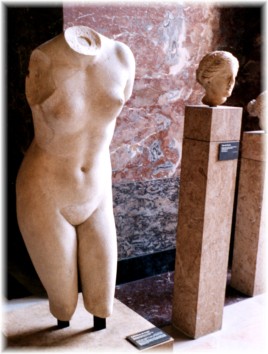The Asia Minor Shores of Aphrodite
from Paphos to Knidos
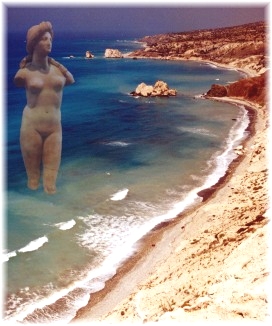

Coins in Honor of the Goddess
The Aphrodite of Soloi wades ashore in Cyprus, between Nea Paphos and the Kourion (Sancuary of Apollo), at "Aphrodite's Rock". This is the very spot the ancients worshiped as the birth place of Aphrodite (later immortalized for modern culture by Botticelli's painting). When the Aphrodite of Soloi (1st C. BCE) is not on special modeling assignment for my photography, she resides in Cyprus' Nicosia Museum. The photo to the right of the Rock shows another shore: The Turquoise Coast of modern-day Turkey looking to Knidos from the Island of Kos. Knidos was the site of the most famous of all statues of Aphrodite and the mint site of one of her best known coins. [Havelock, The Aphrodite of Knidos and Her Successors, 1995, Ch.1] (The wall paper images for this web page show two of the many Venuses inspired by the Aphrodite of Knidos -- these are from the Nea Paphos Museum in Cyprus.)

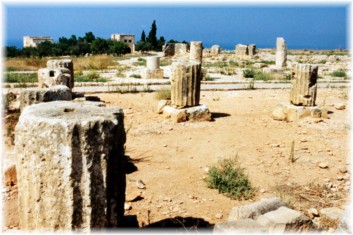

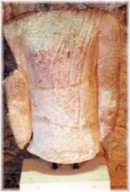
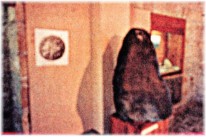
The remaining five photos, above, were taken in Cyprus. The dove, symbol of Aphrodite, Taken at "the Hellenistic Tombs of the Kings," looks to the Great 11th C. BCE (!) Temple of Paphian Aphrodite at the Sanctuary of Aphrodite in Palea Paphos. The small Museum of Palea Paphos can bee seen in the background of the temple photograph. There, artifacts from the temple are housed, including the three shown here. Of greatest significance, presented in the bottom right picture, is the ancient "phalos stone" -- the center piece of Aphrodite's Temple and the focus of early goddess worship. It is the very stone engraved for the coin displayed below ! (Highlighted in excerpt to the right of the coin.) [Paraskos, Aphrodite Cypris, 1988, pp. 101-106]


Paphos, CYPRUS, Bronze AE19, 23 CE. (Coin of Drusus, struck under Tiberias) Converse: to right, Temple of Paphian Aphrodite; to left, Zeus Salamnios standing. [RPC 3921]
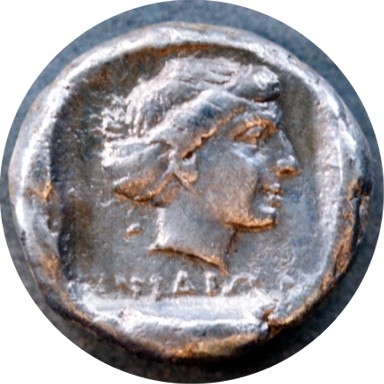
Knidos, Silver Drachm, 394-387 BCE. Converse: Head of Aphrodite right, within incuse square, "KNIDOS" below.
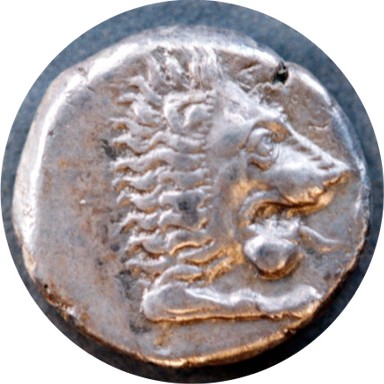
Obverse: Forepart of Apollo's roaring lion right. [SNG Copenhagen 258]
Q: Is there any relationship between the works of art represented by the Aphrodite of Knidos sculpture and the coin engraving of Aphrodite's head above?
A: My answer is quite speculative. The Aphrodite of Knidos, the work of the master late classical sculptor Praxiteles, was purchased by the city of Knidos in about 350 BCE. [Havelock, The Aphrodite of Knidos and Her Successors, 1995, p.1] The Knidian coin above predates its statue and, therefore, may have influenced the classical modeling of the famous statue's head. A copy of Praxiteles' sculpted head may be seen at the Louvre (photo below) along side Hadrian's copy of the Aphrodite of Knidos (from his Tivoli Palace's recreation of the round, cliff-situated Knidian Temple of Aphrodite). [Ibid., pp.59-61] (The original statue, sent to Constantinople by Constantine, was destroyed there in a fire in the 4th C. CE. [Sugarman, Fodor's Turkey, 1993, p.144]
